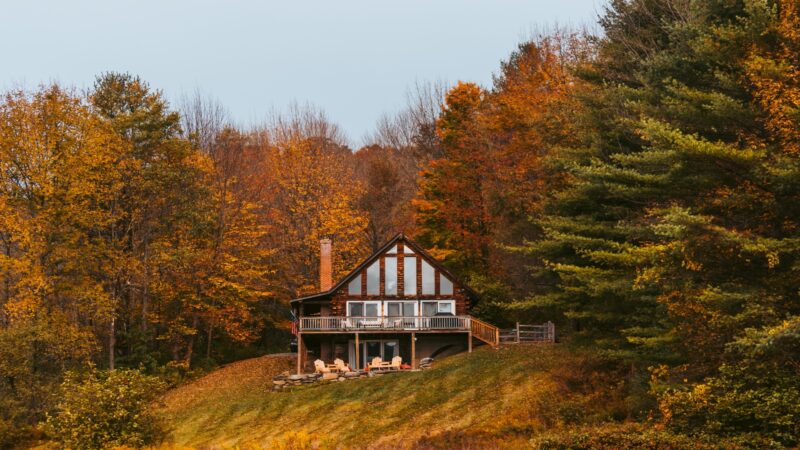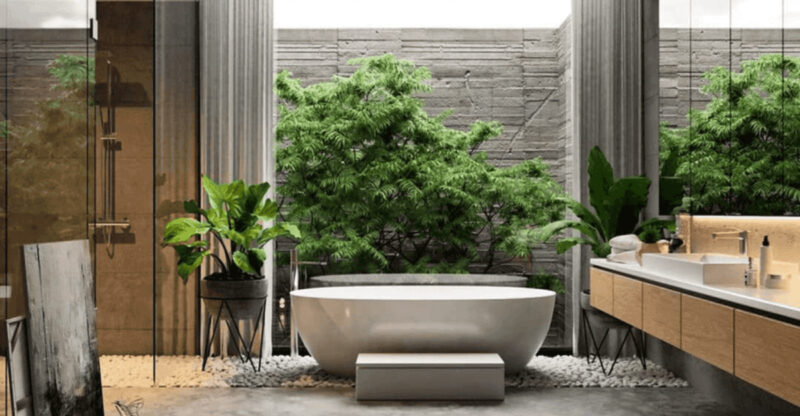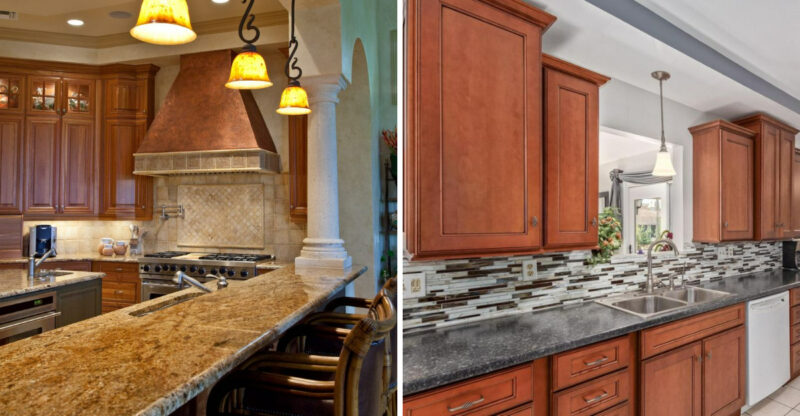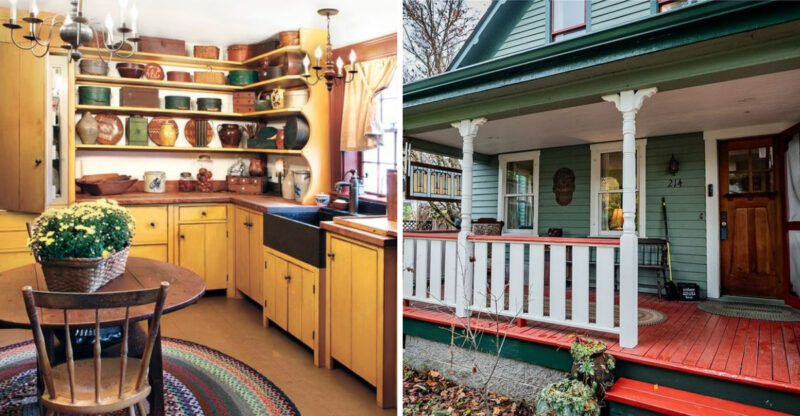7 Types Of California Homes Expected To Drop In Value By The End Of 2025 While 7 Continue To Rise

California’s real estate market is shifting in ways that will surprise many homeowners and buyers. Some property types are losing their appeal while others are becoming hot commodities.
Understanding these trends now can help you make smarter decisions about buying, selling, or investing before the year ends.
1. Luxury Mansions in Overbuilt Markets

High-end estates are facing a tough reality as too many similar properties flood certain California markets. Wealthy buyers now have endless options, which means sellers must slash prices to compete.
I’ve noticed that areas like parts of Los Angeles and Orange County have become saturated with mega-mansions. Maintenance costs alone can drain your wallet faster than you’d imagine, making these homes harder to sell at premium prices.
2. Downtown Condos
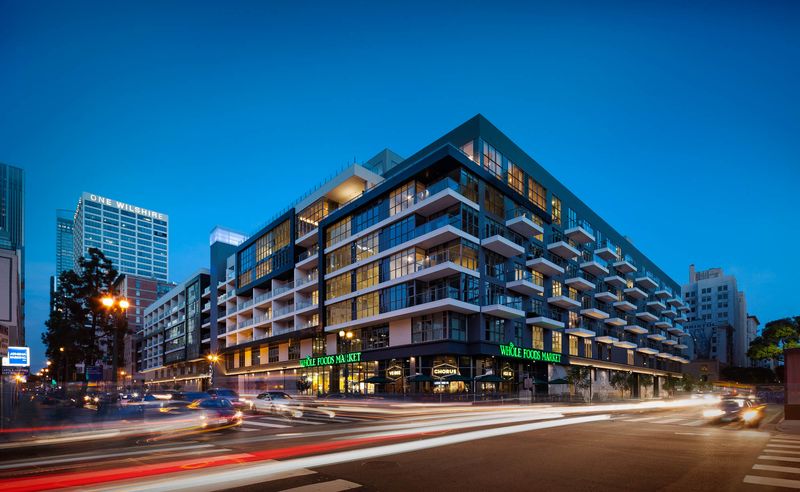
City living lost some shine after remote work became the norm for countless professionals. Many condo owners are discovering their units aren’t worth what they paid just a few years ago.
Parking fees, HOA costs, and limited outdoor space make these properties less attractive now. Families especially prefer homes with yards where kids can play freely instead of being confined to small balconies.
3. Aging Suburban Tract Homes
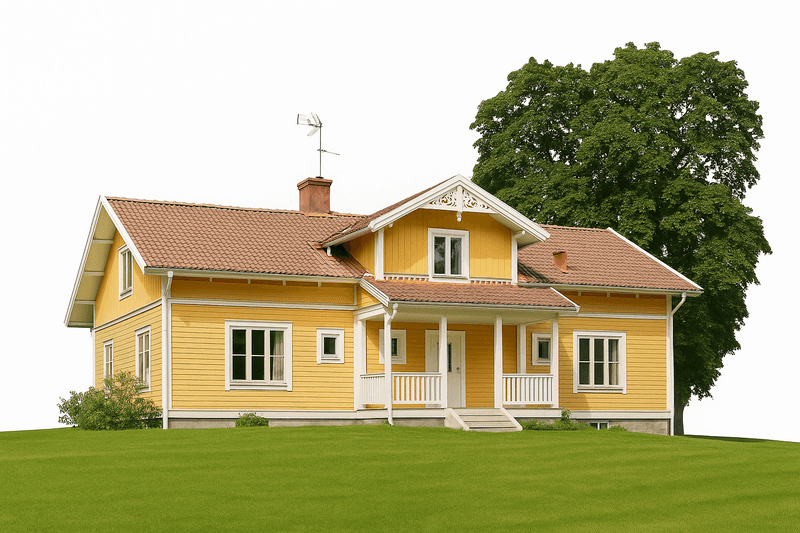
Cookie-cutter houses from decades past are showing their age in ways that turn off modern buyers. Outdated floor plans and worn-out systems mean expensive renovations that most people want to avoid.
You’ll find these homes struggle against newer construction with open layouts and energy efficiency. Buyers today crave character and functionality, not bland boxes that need complete overhauls before move-in day arrives.
4. Desert Vacation Homes
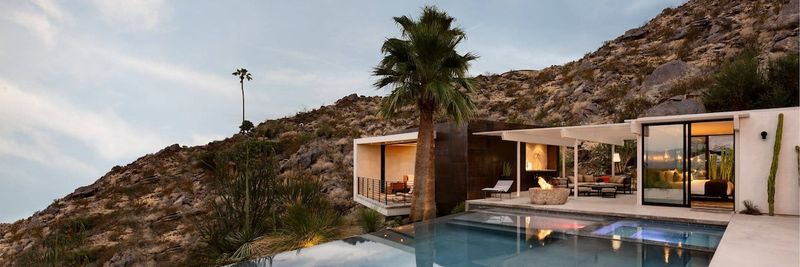
Second homes in desert communities seemed like paradise until water scarcity became a real concern. Scorching temperatures and climate worries are making buyers think twice about investing in these areas.
Palm Springs and similar spots are seeing reduced demand as people prioritize primary residences over getaway properties. Rising utility bills and maintenance challenges add to the headaches of owning a place you only visit occasionally.
5. Properties in Fire-Prone Areas

Wildfire risks have transformed beautiful hillside locations into insurance nightmares that drain bank accounts. Skyrocketing premiums and potential evacuation orders make these once-desirable properties hard to justify owning.
I’ve seen buyers walk away from stunning views because the danger isn’t worth the stress anymore. Insurance companies are even dropping coverage in certain zones, leaving homeowners scrambling for expensive alternatives or going without protection entirely.
6. Oversized Single-Family Homes

Massive houses that seemed impressive before now feel wasteful and impractical to many buyers. Heating, cooling, and cleaning thousands of extra square feet costs a fortune while providing little actual value.
Younger generations prefer right-sized spaces that fit their lifestyles without breaking budgets on utilities. Empty rooms gather dust while property taxes climb, making these behemoths financial burdens rather than dream homes for most families shopping today.
7. Short-Term Rental Properties
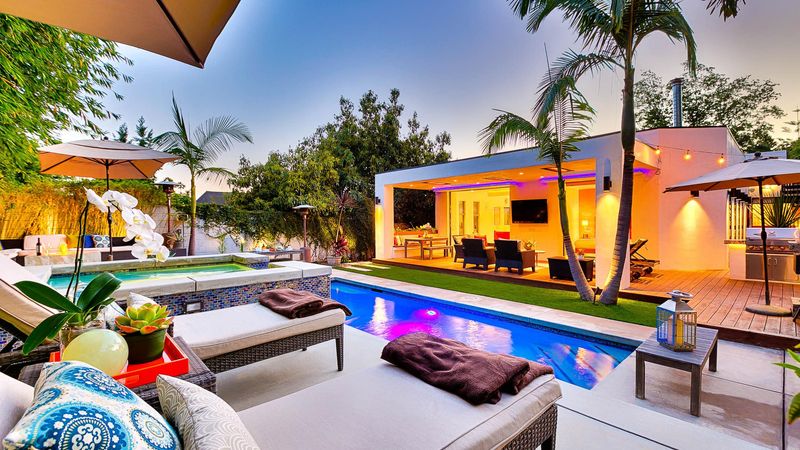
Airbnb investments that once generated steady income are facing stricter regulations across California cities. New laws limit rental days and require expensive permits, cutting into profits that made these properties attractive.
Neighbors complain about noise and parking issues, pushing local governments to crack down harder. What seemed like passive income has become active management with shrinking returns, prompting many owners to sell before values drop further.
8. Modern Eco-Friendly Homes

Green technology isn’t just trendy anymore – it’s becoming essential as utility costs soar statewide. Buyers are willing to pay premium prices for homes that slash monthly bills while helping the environment.
Solar panels, energy-efficient windows, and smart thermostats make these properties irresistible to cost-conscious families. I’ve watched bidding wars erupt over homes with sustainable features that promise long-term savings and smaller carbon footprints for eco-minded owners.
9. Accessory Dwelling Unit (ADU) Properties

Extra living spaces on your property create rental income opportunities that California buyers absolutely love. ADUs solve housing shortages while padding your monthly cash flow in ways traditional homes simply cannot.
Multigenerational families appreciate having separate spaces for aging parents or adult children who need independence. Zoning laws have relaxed, making it easier to add these units, which boosts property values significantly across most California neighborhoods today.
10. Mid-Century Modern Renovations
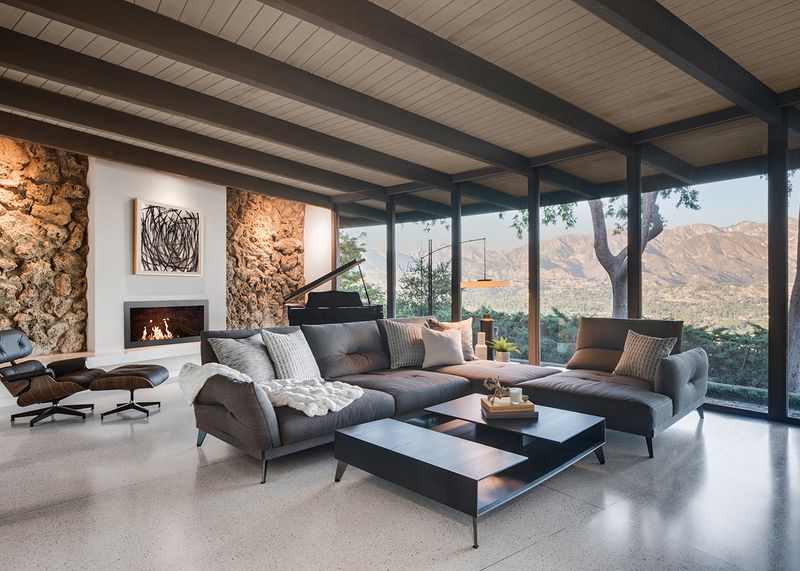
Architectural gems from the 1950s and 60s are experiencing a massive comeback among design-savvy buyers. Clean lines, open spaces, and timeless aesthetics make these homes stand out in cookie-cutter neighborhoods.
Renovated versions command top dollar because they blend vintage charm with modern conveniences perfectly. You’ll find younger professionals competing fiercely for these properties, especially in areas like Palm Springs and parts of Los Angeles where mid-century style defines local character.
11. Compact Urban Cottages
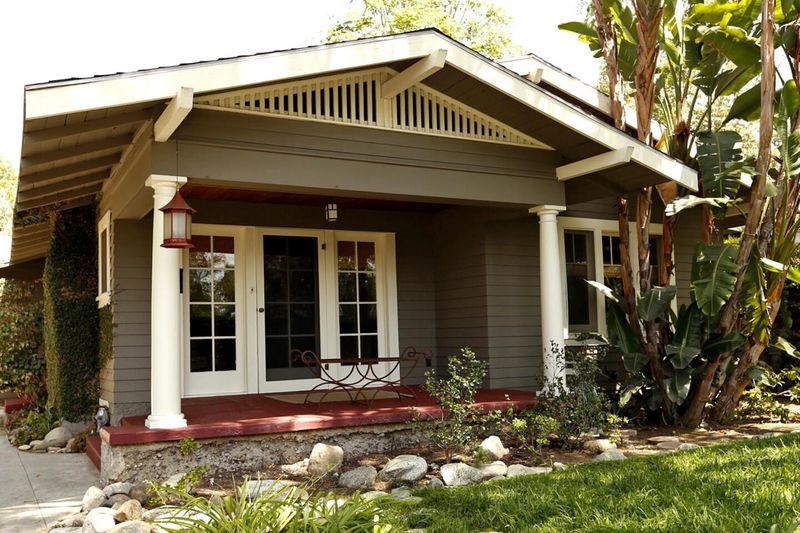
Smaller footprints are winning hearts as people realize bigger isn’t always better for quality of life. These cozy homes offer affordability and lower maintenance without sacrificing charm or location advantages.
First-time buyers especially appreciate manageable mortgages and utility bills that don’t eat entire paychecks. Walkable neighborhoods with local shops and restaurants make compact living feel luxurious rather than cramped, proving size doesn’t determine happiness or investment potential anymore.
12. Homes in Coastal Suburbs

Ocean breezes and beach access never go out of style, especially as inland areas face extreme heat waves. Coastal suburbs offer the perfect balance between city amenities and relaxed seaside living that buyers crave.
I’ve noticed families relocating from hotter regions to these temperate zones for better quality of life. Limited inventory near the coast keeps competition fierce, driving prices upward as demand continues outpacing supply throughout California’s desirable shoreline communities.
13. Smart Homes with Tech Integration

Automated systems that control lighting, security, and climate from your phone aren’t luxuries anymore – they’re expected features. Tech-savvy buyers refuse to settle for homes lacking these conveniences that simplify daily routines.
Voice-activated assistants and app-controlled appliances add serious value to properties in competitive markets. Younger generations grew up with technology and won’t compromise on connectivity, making smart homes the fastest-appreciating category across California’s diverse real estate landscape today.
14. New-Build Communities with Green Spaces
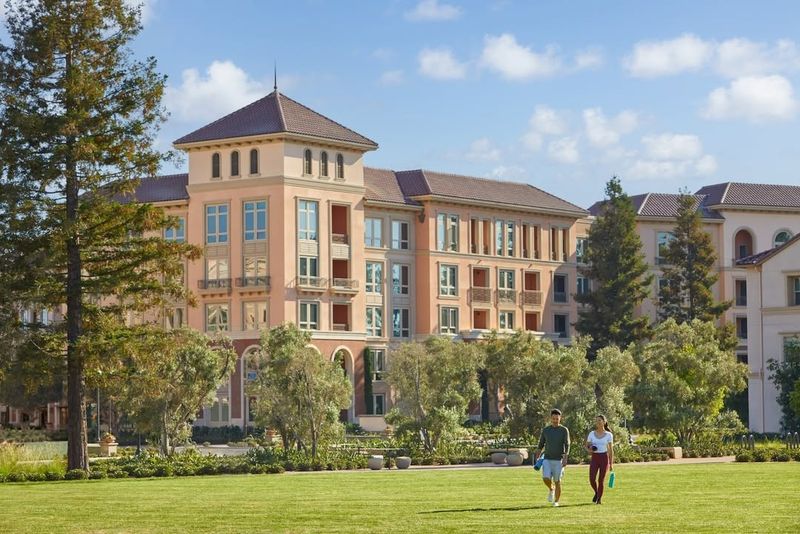
Fresh construction in master-planned neighborhoods offers move-in readiness that exhausted buyers desperately want. Parks, playgrounds, and walking trails create community connections that isolated suburban streets cannot provide.
Families prioritize outdoor recreation areas where children can safely explore and neighbors can gather naturally. Developers who include abundant green spaces are watching their properties sell faster and appreciate quicker than competitors who skimp on communal amenities in California’s evolving market.

